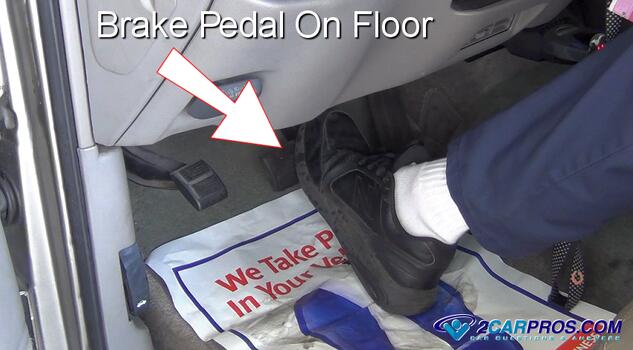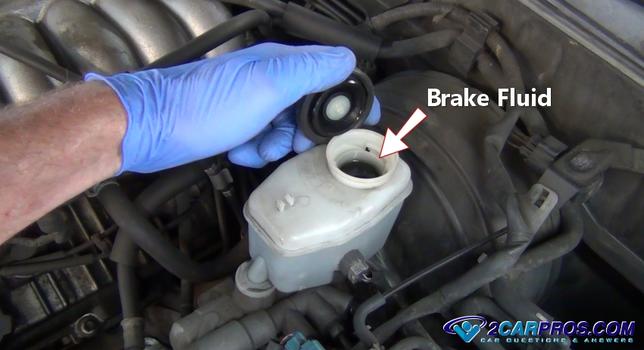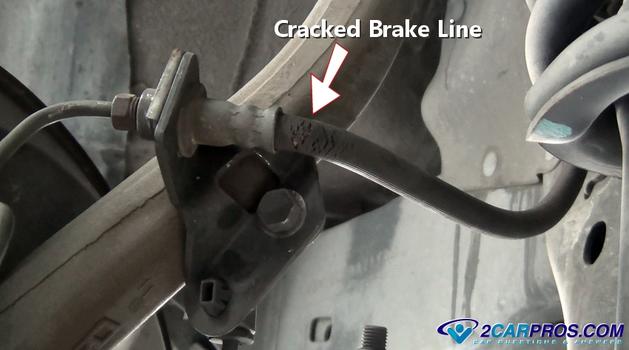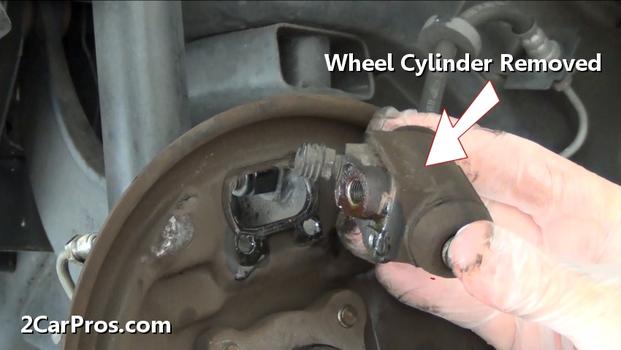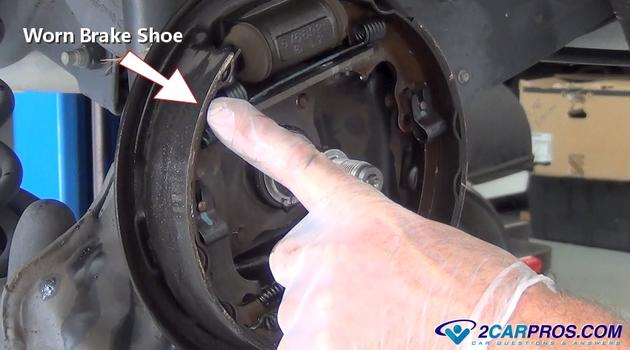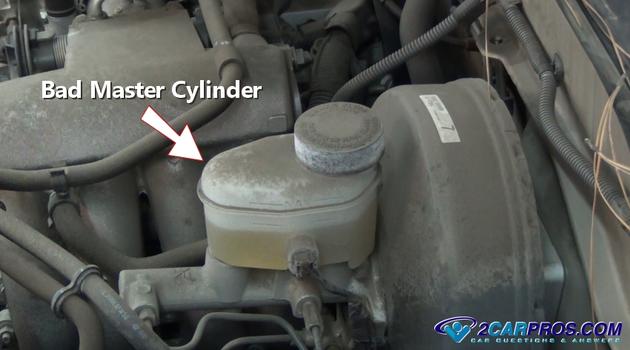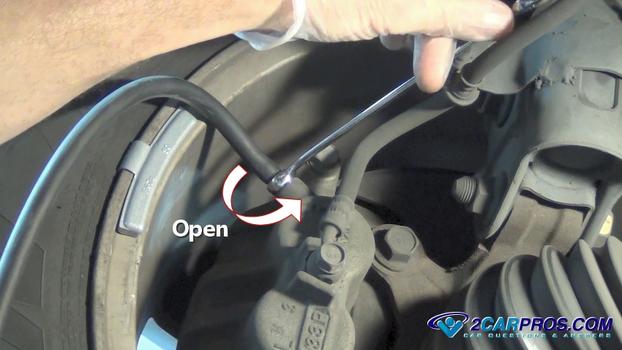Introduction
Experiencing a brake pedal that goes to the floor can be a frightening situation, particularly when you need to stop quickly. The automotive brake system is a hydraulically based system which is activated by the brake pedal when the driver desires to slow down or stop their vehicle. We have created this guide to show you why your brake pedal goes to the floor and what you can do to fix it.
Getting Started
Before beginning, park the vehicle on level ground with the transmission in park or in gear (manual transmission). Use a basic set of tools while wearing protective eye wear and gloves. In most cases the car will need to be raised up on jack stands or on a lift.
Common Causes of a Brake Pedal Going to the Floor
1. Check the Brake Fluid Level: Raise the hood and locate the brake master cylinder's reservoir which is on the drivers side near the firewall. Using a flashlight check the level of the fluid or remove the lid of the reservoir and look inside, (clean before opening). If the reservoir is empty the front or rear brake pads need to be replaced, or there is a brake fluid leak somewhere in the system, at this point the brake warning light may or may not be on.
Brake Fluid Leak
1. If the brake pads are okay, and their is no brake fluid inside the brake master cylinder use a flashlight check the rear of the master cylinder where it bolts to the brake booster, if you are able to see brake fluid dripping from the front of the brake booster the brake master cylinder is it bad and needs to be replaced.
2. Again, use a flashlight and check the backside of each of the four wheels while looking for leakage, which will be obvious. Also, check the brake line flex hoses, here is what a brake line looks like before it starts leaking. If this hose is wet, fluid is leaking and the brake hose must be replaced.
3. If the backside of the tire is wet with fluid either you have a brake caliper that is leaking and must be replaced or a wheel cylinder that has gone bad and needs replacing. The lack of brake fluid in the system causes the brake pedal to be on the floor.
Brake Fluid Reservoir is Full
If the brake fluid is full, and the pedal still drops you have a different set of problems which are listed below.
1. Worn Brake Pads or Shoes: When the brake pads or shoes wear down from regular use, the brake caliper or brake shoe self-adjuster may cause the brake pedal to travel excessively before pressure is applied. If you experience any brake issues, it's recommended to remove the wheel and inspect the brake pads or shoes.
2. Bad Brake Master Cylinder: A master cylinder had two sets of internal seals which naturally wear from usage, and when they fail can cause the fluid which is normally pressurized inside the master to bypass backward into the brake master cylinder fluid reservoir, or leak out from the rear. This failure can create an intermittent brake pedal fade as well. Pumping the brakes can cause these seals to expand slightly and may help the brake master start working again. When this failure occurs, the brake master cylinder must be replaced with a new unit.
3. Bleed the Brake System: Air in brake system can cause the system not to pressurize or "pump up". Air can enter the system from any components that utilize a rubber seal such as the: brake master, caliper or wheel cylinder. This condition can occur even though the seals are not leaking externally.
This is because these seals are made to withhold fluid while being pressurized, the problem occurs when the brake pedal is released at which time suction is introduced to the system while the pedal is returning to its normal position. At this time air can be pulled into the system in small quantities which causes the brake pedal to be near the floor. Bleed the brake system while checking for air bubbles being released from the bleeder screw valve.
4. Air Stuck in ABS Controller: If you have had multiple ABS brake events, or if you have opened the brake system for service there can be air stuck inside the ABS control valves. This is a common problem and the only way to remove the air throughout the system is to open the valves using a scanner while bleeding the brakes.
5. Seized Brake Caliper Slides: If one or more of the brake caliper slides are frozen, it will not allow the brake caliper to move freely while forcing the brake fluid back into the brake master cylinder after the brake pedal is released. This will cause the brake pedal to have access downward movement while fluid is refilling the brake caliper. To check for this condition remove all of the tires, retract the brake pads using a large standard screwdriver, then grasp the caliper and move it back and forth to insure its movement is smooth.
6. Failed Bearing Hub: The final reason for a brake pedal to go to the floor is a failing bearing hub. A bearing hub holds the brake rotor "true" without play while they rotate, if the bearing hub is bad it will allow the brake rotor to move back and fourth while pushing the caliper piston back into the caliper creating an air gap. This problem typically occurs after driving for sometime, or after turning a hard corner. The pedal will go to the floor as the caliper fills with fluid to close the gap, in this case it will take two or more brake pedal pumps to regain its normal operation.
Watch the Video!
Please watch this video of the job being done to glean additional helpful information.
Credits
This guide knowledge base was created by the 2CarPros Team, and by Ken Lavacot: Automobile repair shop owner and certified master automobile technician of over 30 years. If you have question or need help please ask one of our experts we are happy to help. Please visit our 2CarPros YouTube Channel for additional car repairs.
